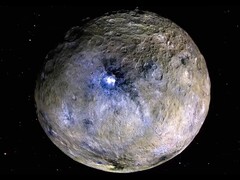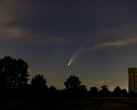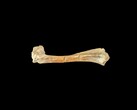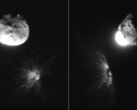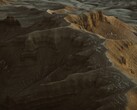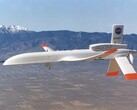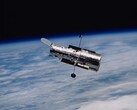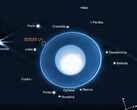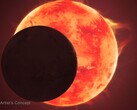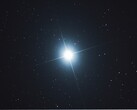Ceres is a dwarf planet located in the asteroid belt between Mars and Jupiter. It is the largest object in the region. While present-day conditions on this dwarf planet suggest that it is uninhabitable, research shows that roughly 2–2.5 billion years ago, that might not have been the case.
Previous studies revealed that a reservoir of brine underneath supplied hot liquid to Ceres’ surface. Other researchers also detected organic molecules on the dwarf planet. All of these studies were carried out by the now-retired Dawn mission. Those findings were possible indications of a period of habitability on Ceres.
Now, a newly published study has provided more evidence to support what those earlier studies showed. The researchers in this new study created thermal and chemical models to mimic the conditions in Ceres’ interior over the years. They found a phenomenon believed to be common in our solar system. Their findings suggest that Ceres may have had a steady supply of hot water containing dissolved gases. The heat was said to come from radioactive decay happening inside the dwarf planet’s rocky interior.
On Earth, when hot water from deep underground mixes with the ocean, the result is often a buffet for microbes — a feast of chemical energy. So it could have big implications if we could determine whether Ceres’ ocean had an influx of hydrothermal fluid in the past. — Sam Courville, lead author of the study.
However, no study to date has detected any evidence that the dwarf planet ever hosted life. But these results are making scientists suspect that bodies similar to Ceres could have also once had a time when habitability was possible.
Source(s)
Science Advances via NASA, and NASA (2)
Image source: NASA (linked above)




